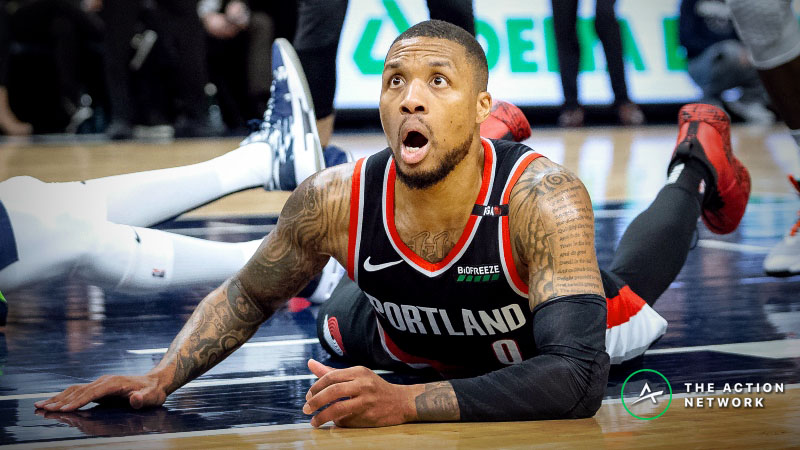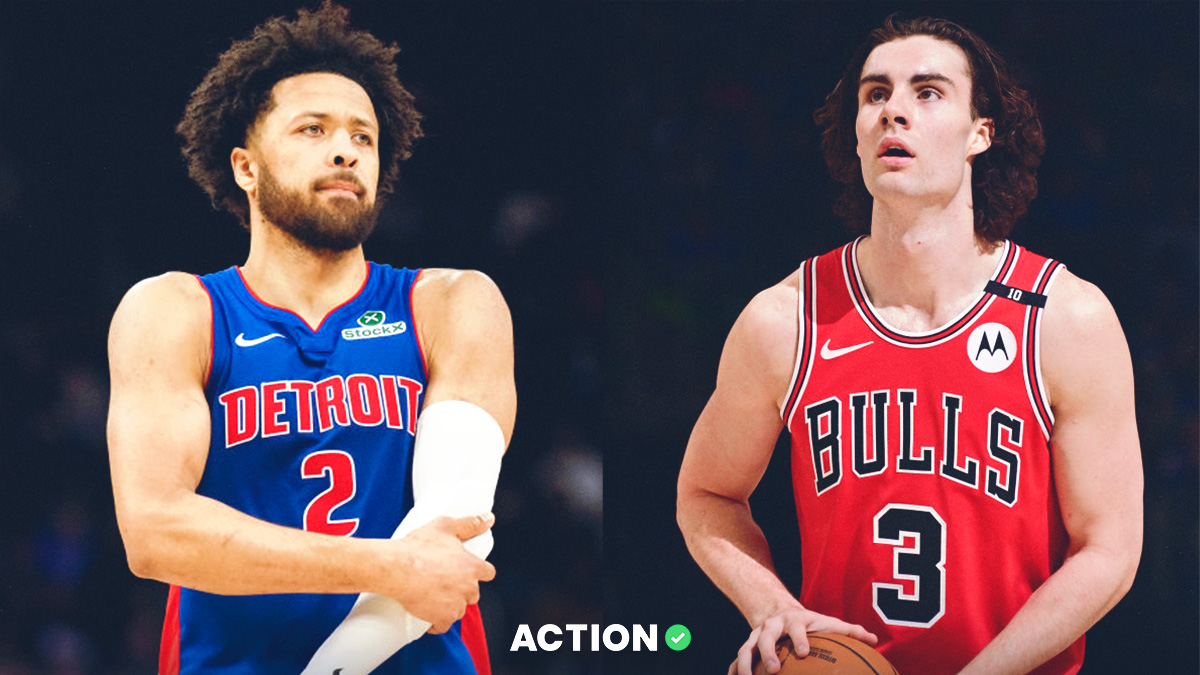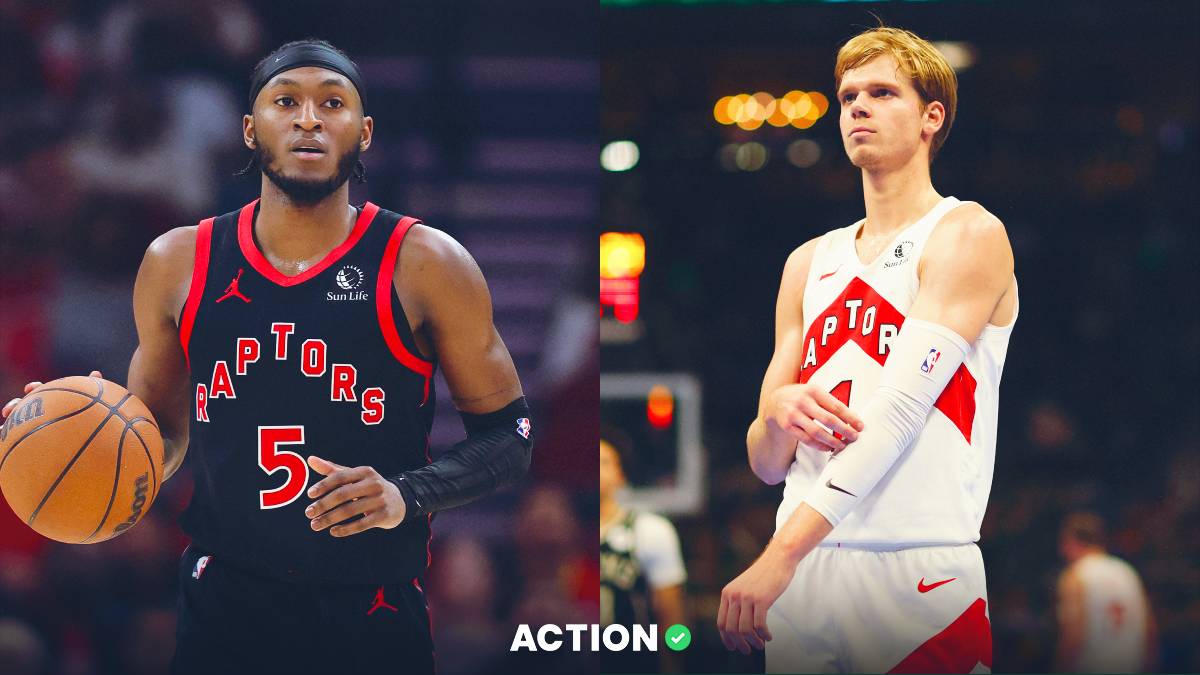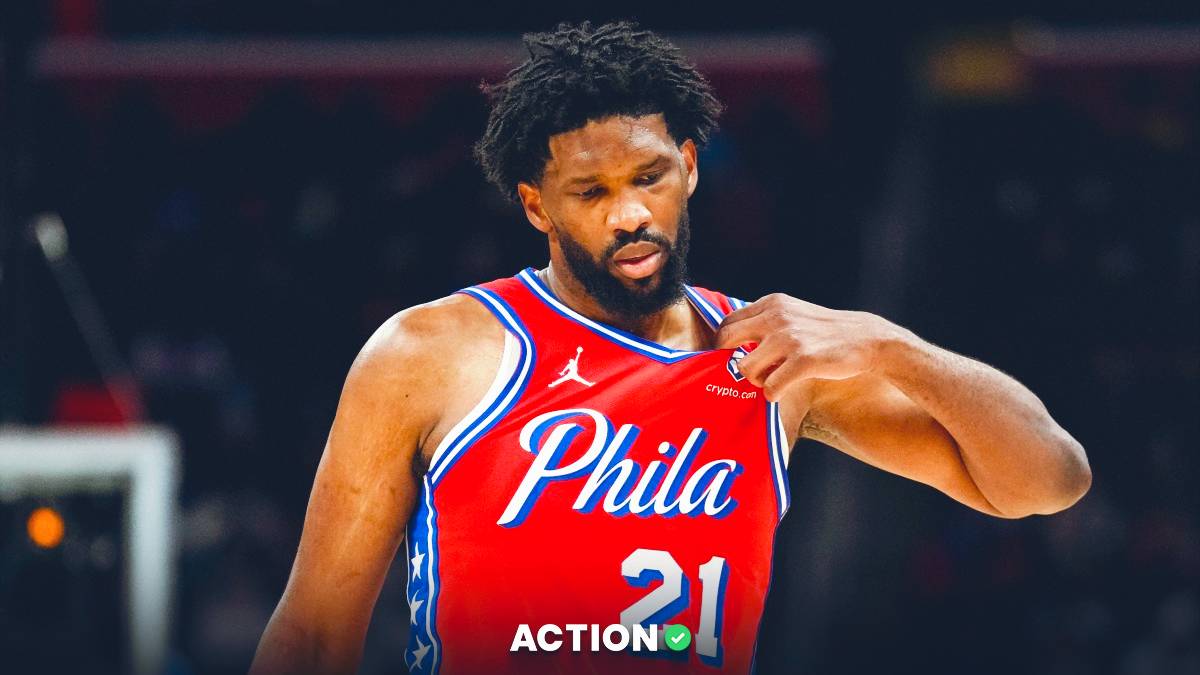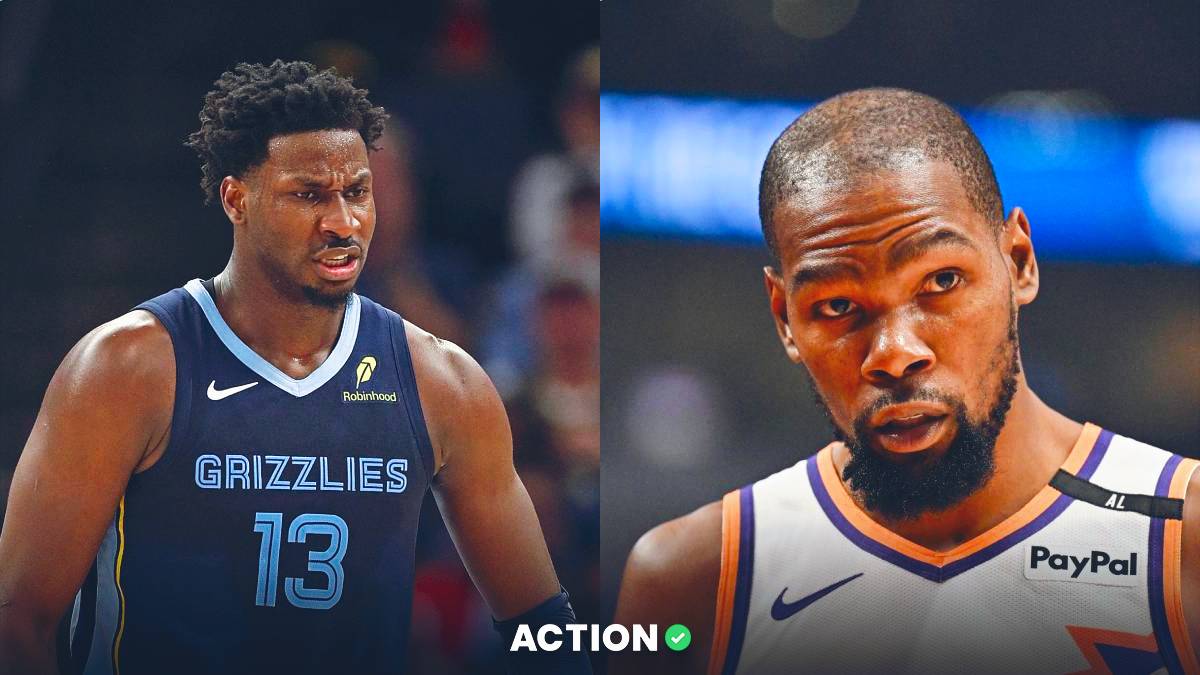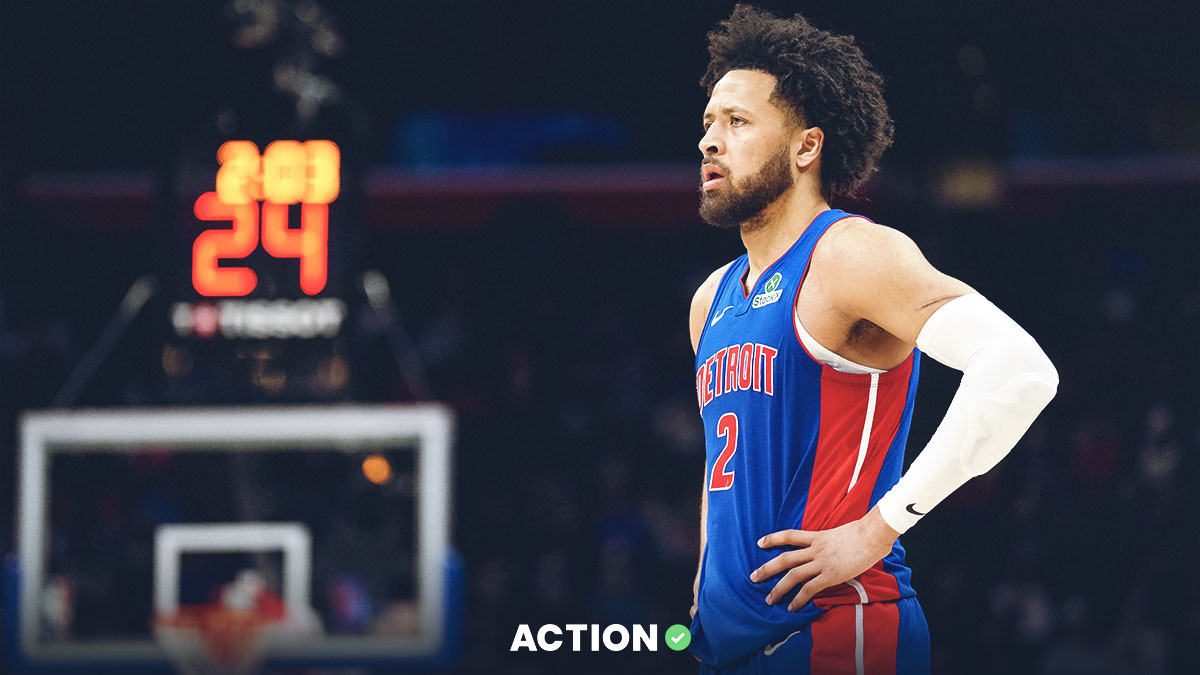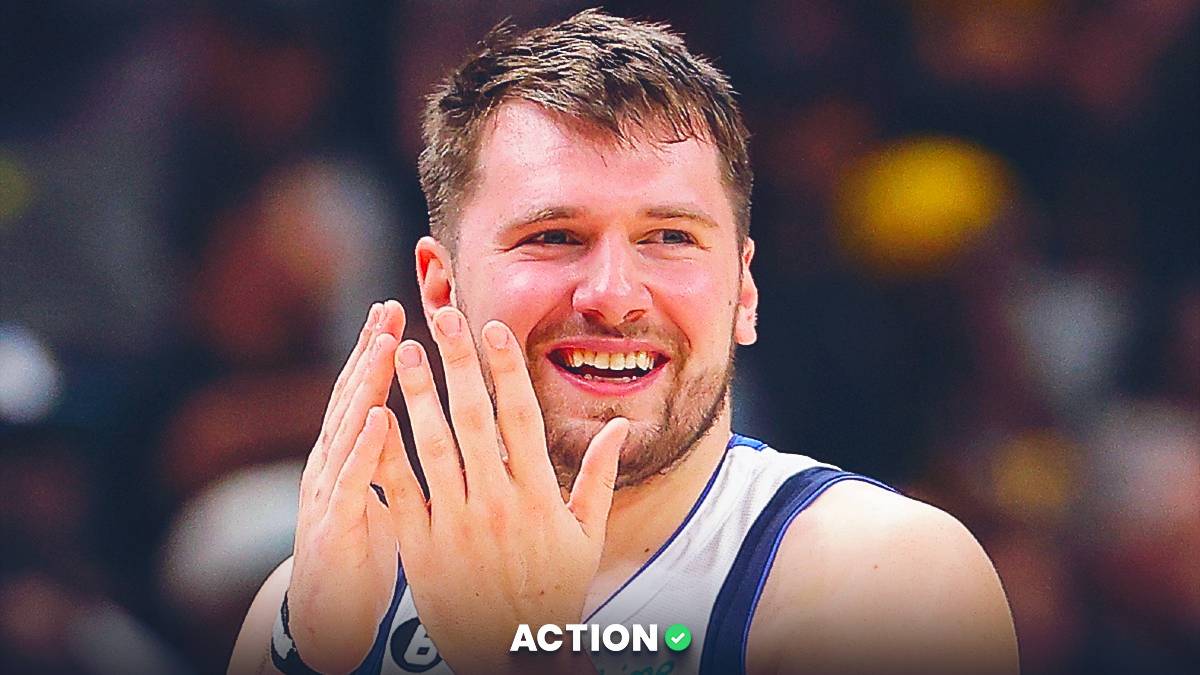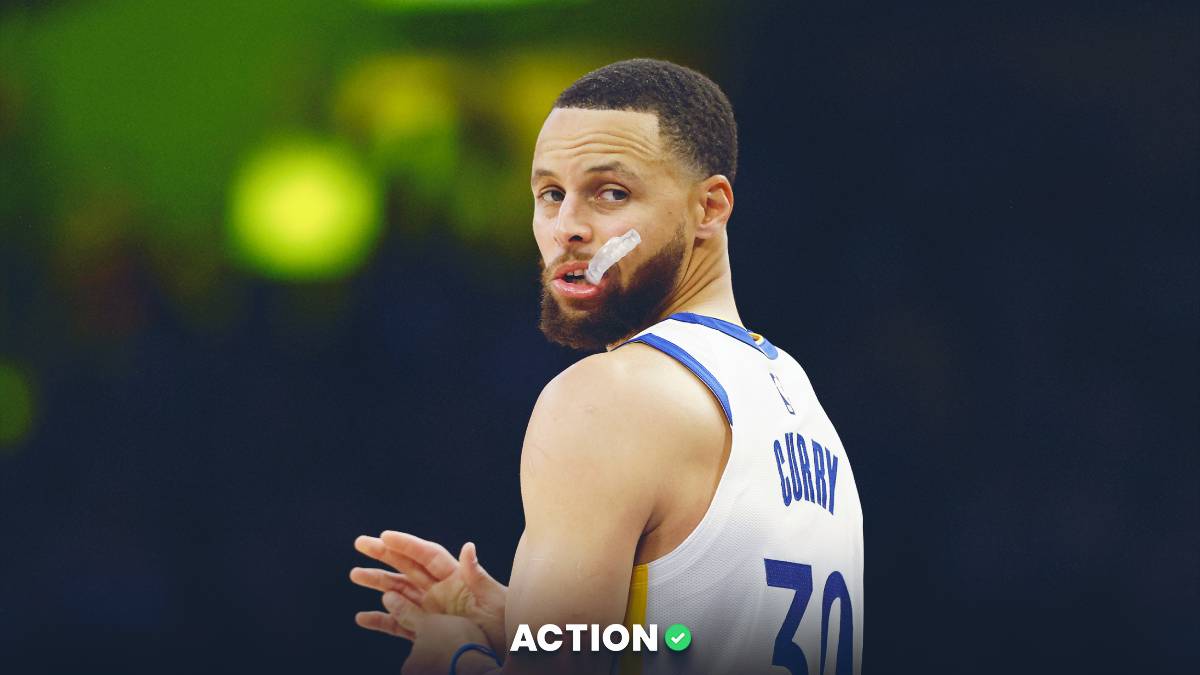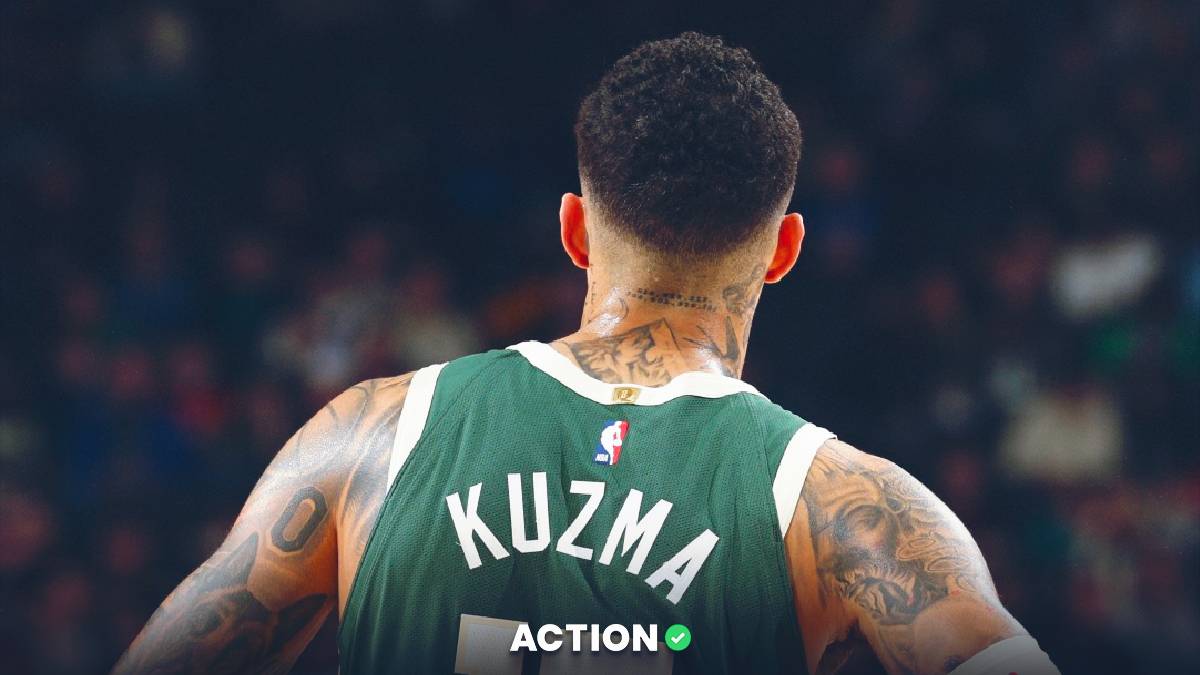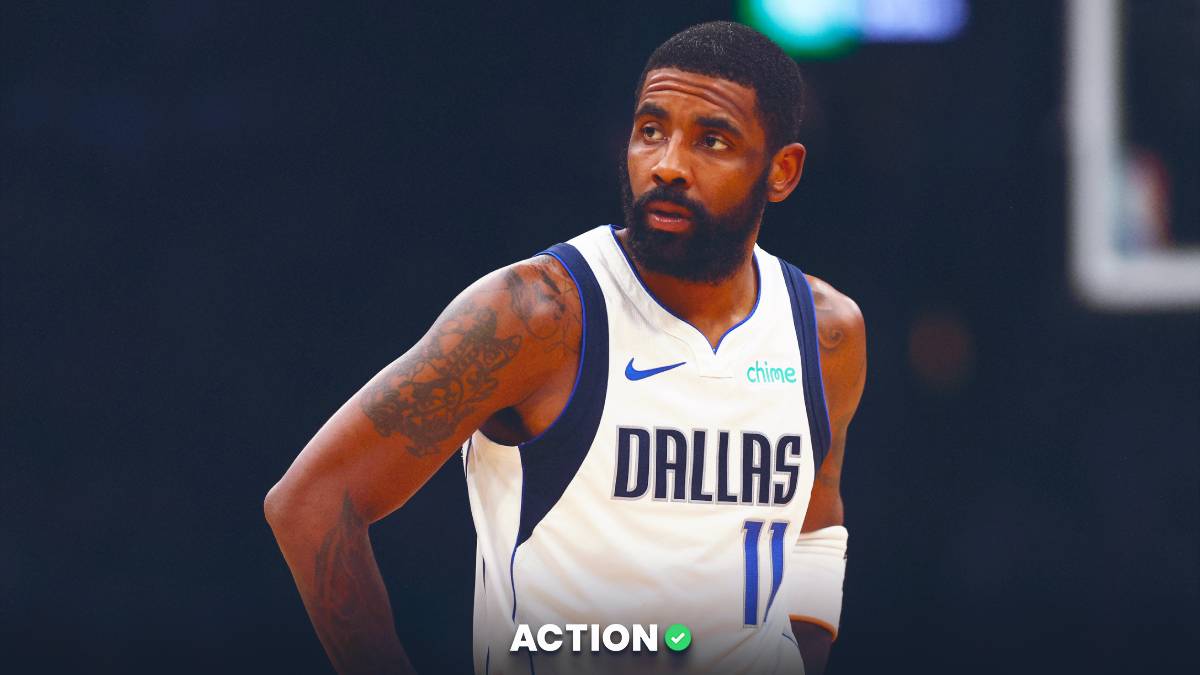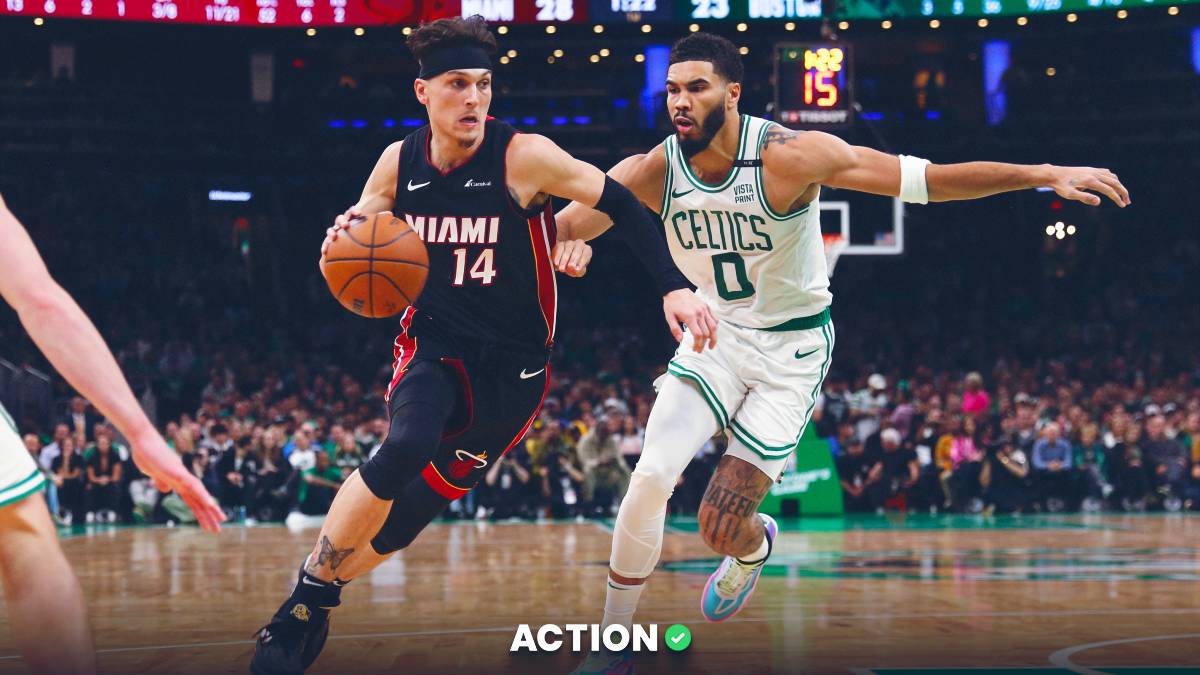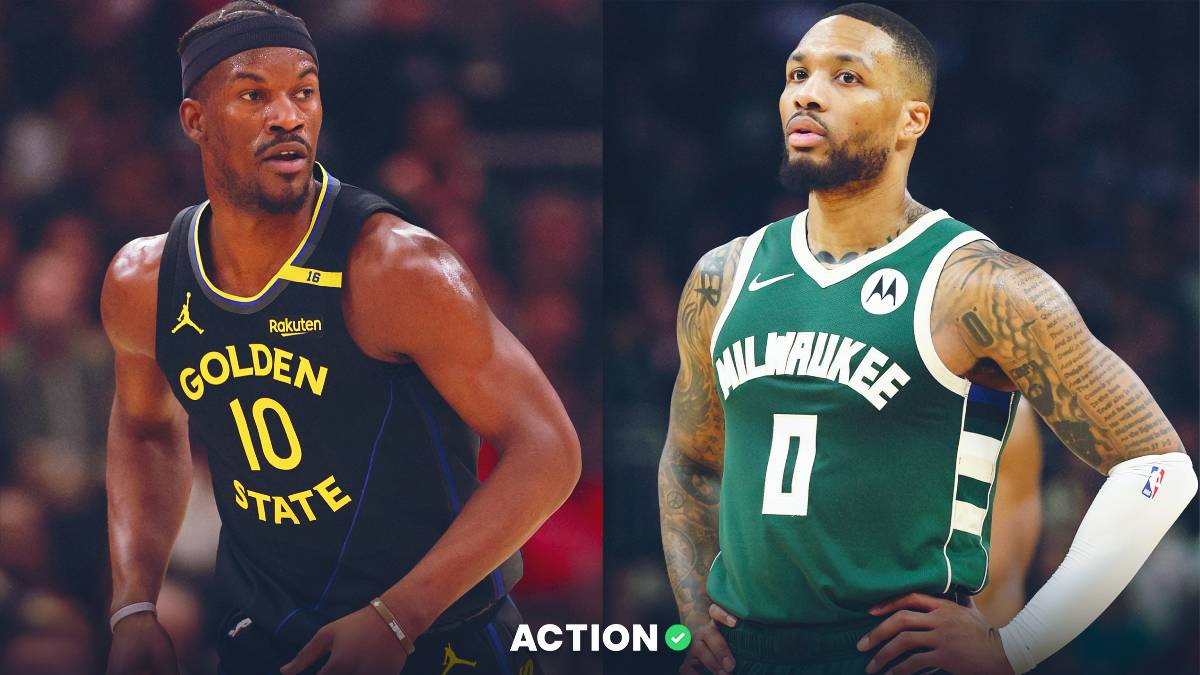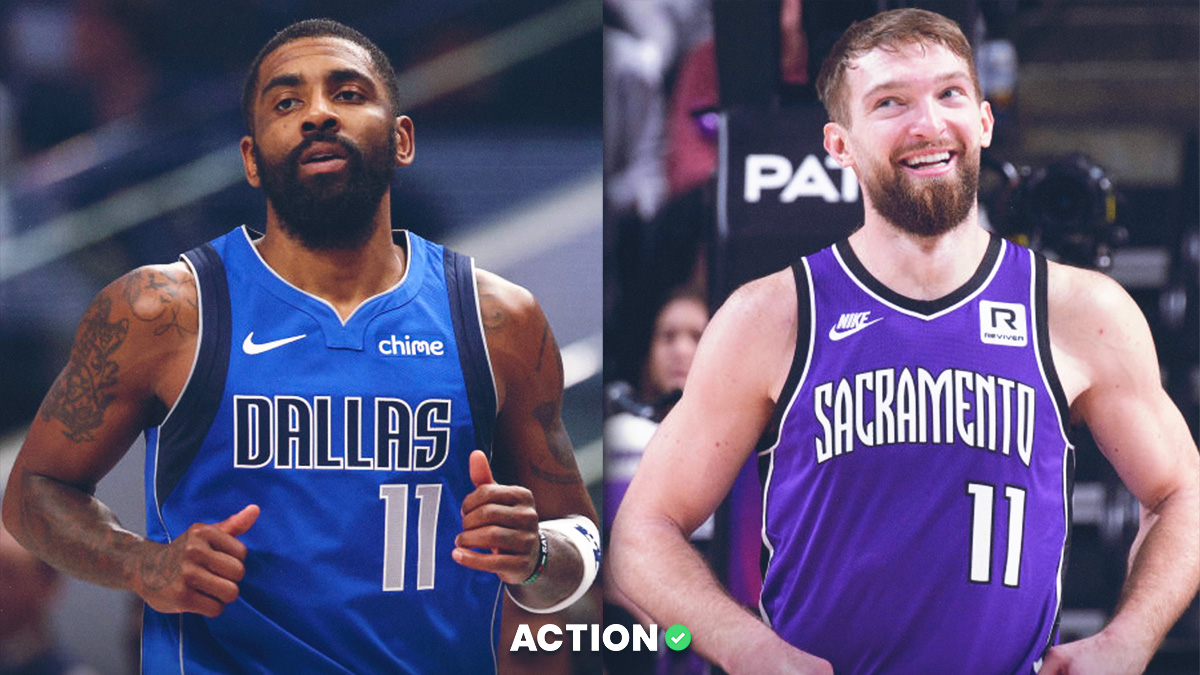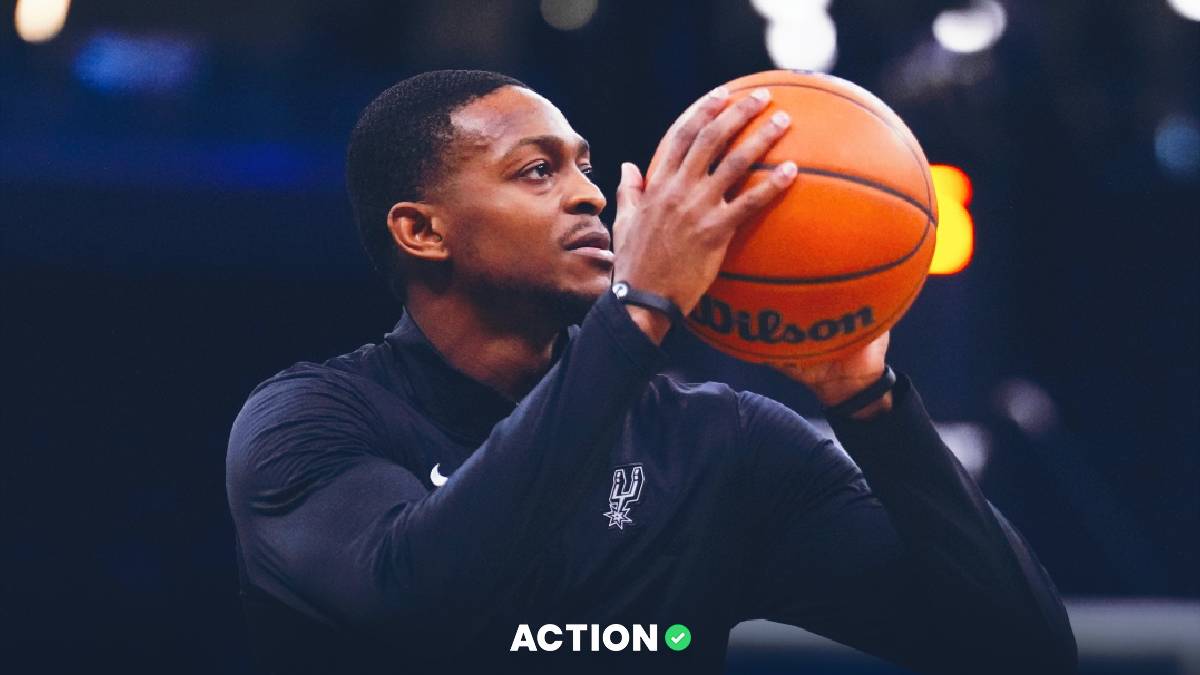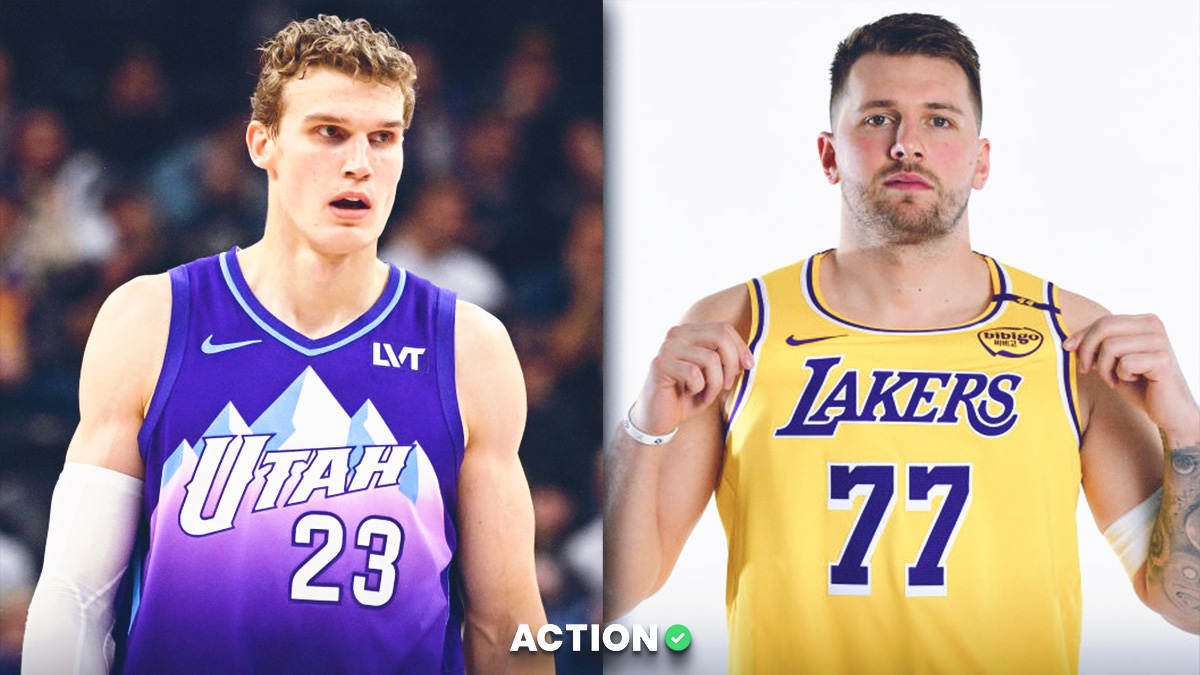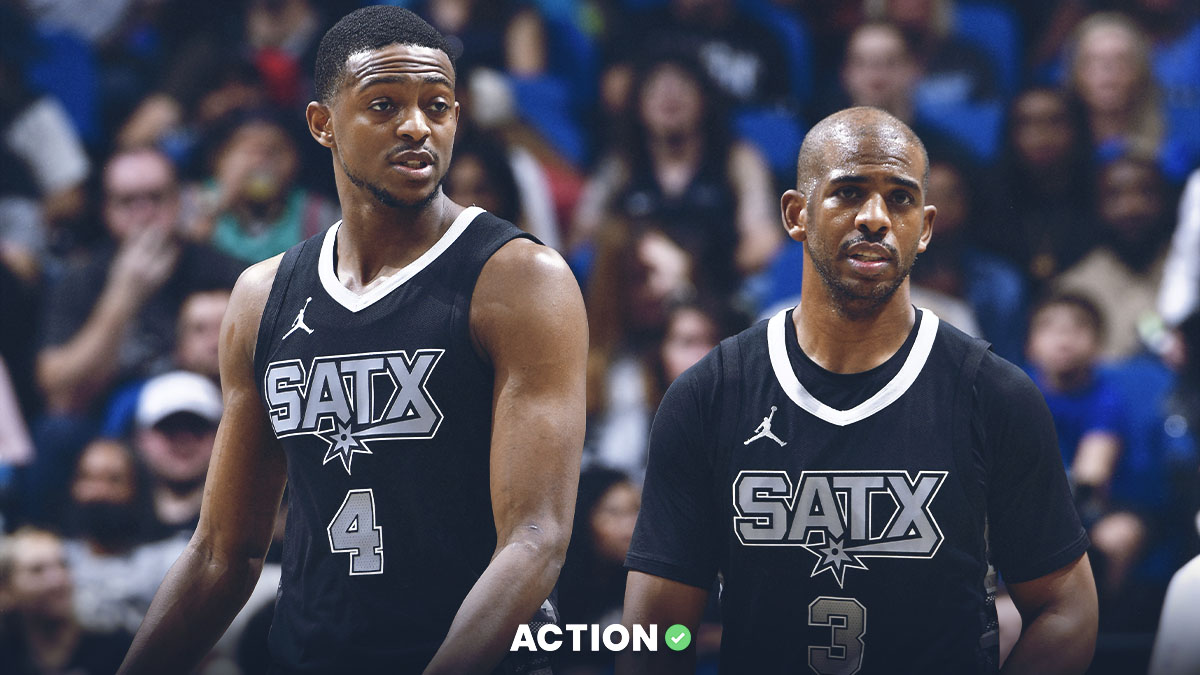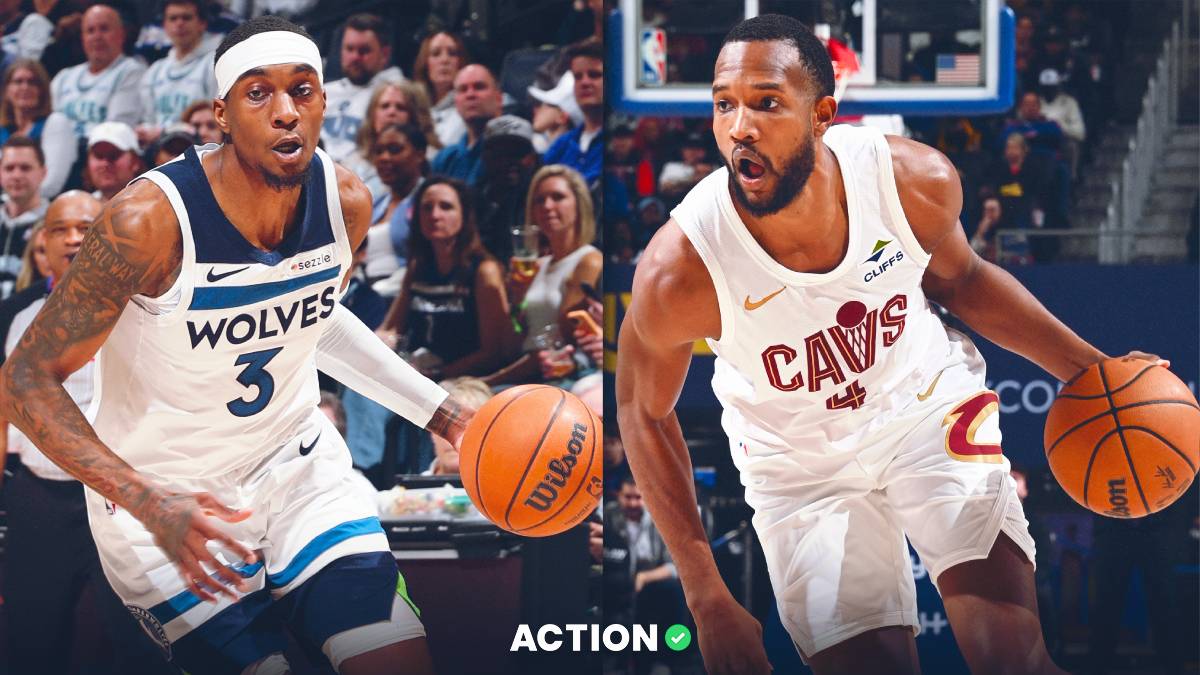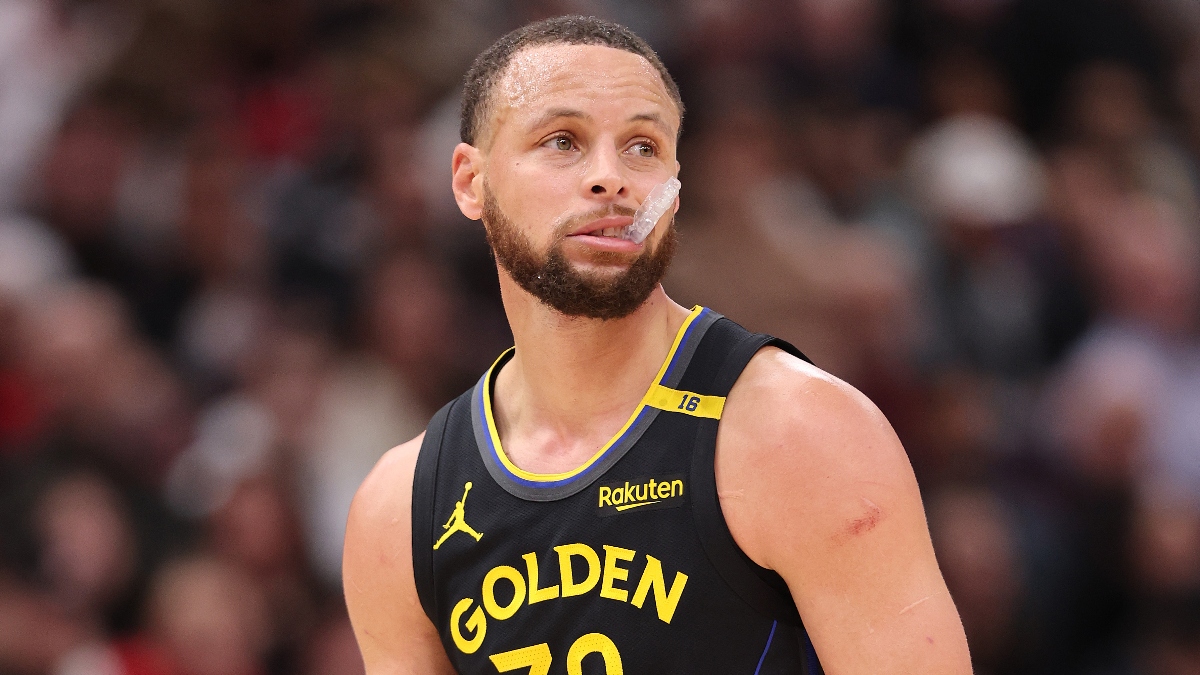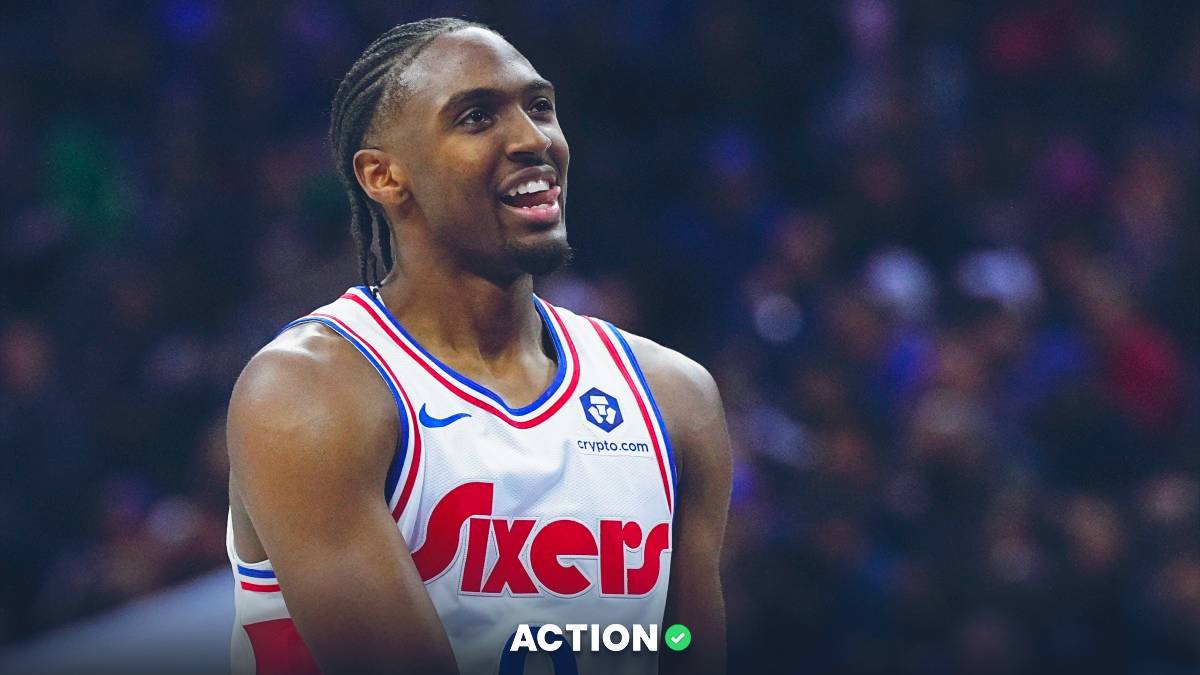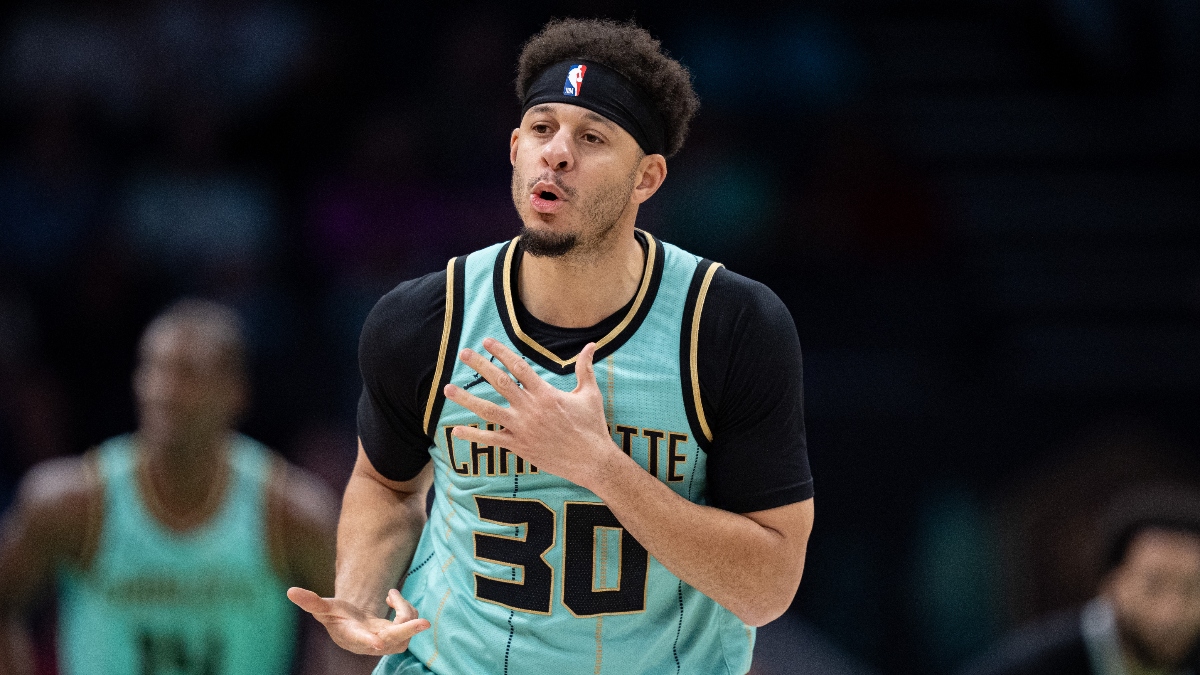In the first game of the Western Conference Finals the Golden State Warriors topped the Portland Trail Blazers, 116-94. Steph Curry led the way, scoring a game-high 36 points as he connected on nine 3-pointers.
Square bettors are greatly influenced by recent events, and that tendency is magnified during the postseason. One bad performance can cause bettors to jump off a team’s bandwagon.
In Game 1, 51% of spread tickets were on the Blazers as 7.5-point underdogs. The oddsmakers opened the Warriors as 8-point favorites in Game 2 after their 22-point victory. Despite the higher line, more than 60% of bets are on the two-time defending champions.
The public is chasing the Warriors, which should create an excellent opportunity for contrarian bettors to buy back on the Blazers. Historically, teams have been undervalued after ugly losses in the playoffs.
Since 2005, teams following a playoff loss of 20 or more points have gone 98-91-2 against the spread (ATS) per Bet Labs. But there is a significant split in the data.
From 2005 to 2013, squads that were embarrassed by a loss of 20 or more points bounced back in the next game with a 62-41-1 (60.2%) ATS record. This trend has cooled in recent years.
From 2014 to 2019, these same teams are only 36-50-1 (41.9%) ATS following a big loss.
Why hasn’t it been profitable to wager on playoff teams after a blowout loss? Simple, the oddsmakers adjusted to the trend.
From 2005-13, a team that suffered a loss by 20 or more points would see the spread increase on average by 2.6 points in the next game. But from 2014-19 the line moved only 1.8 points. That is nearly a full-point difference, which is significant in a sport where beating the closing line by even one-half point can be the difference in covering.
A few years ago the Blazers would have been a buy-low opportunity, but the value no longer exists.


